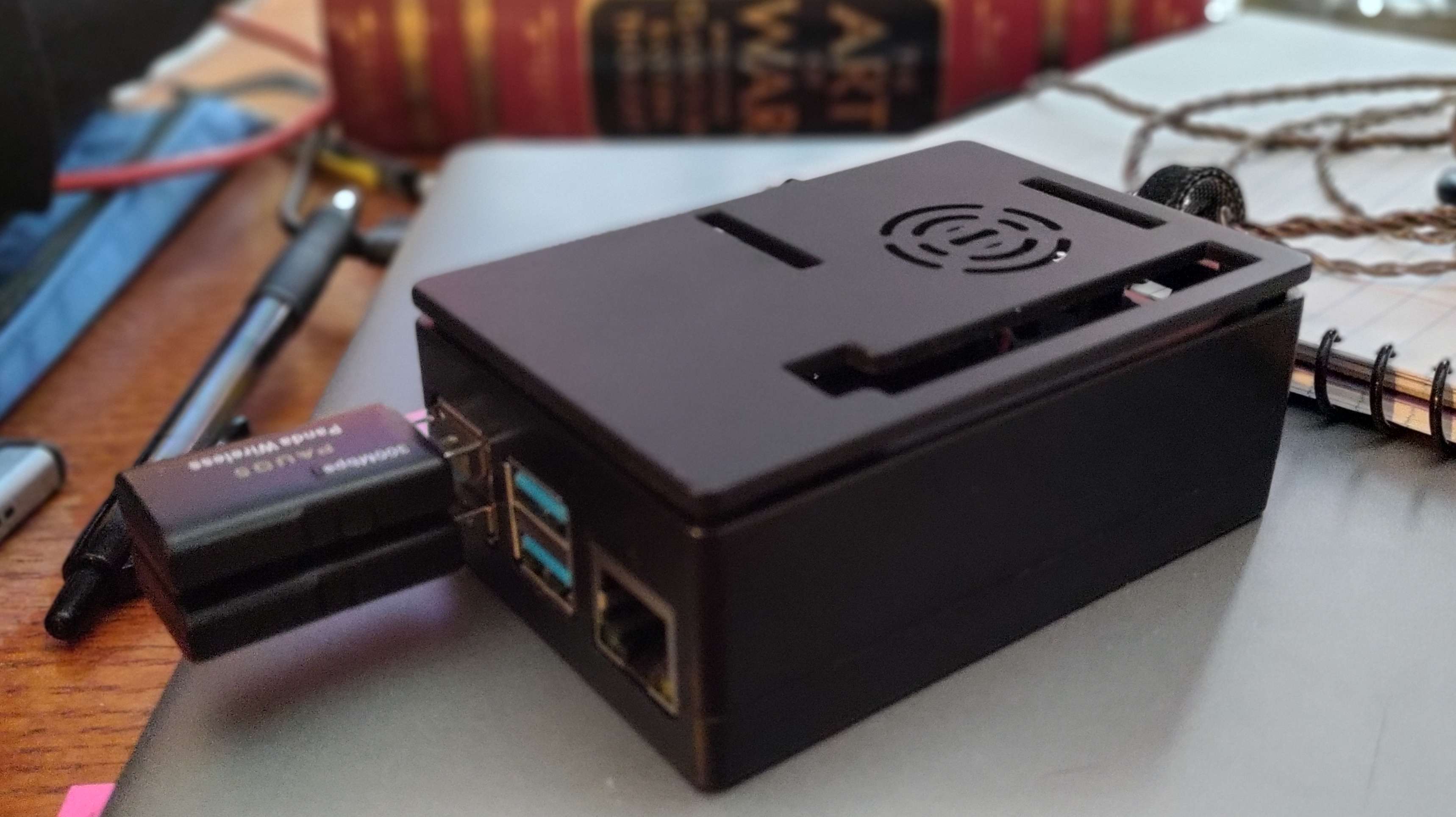Oh! Oh yeah, that’s what I meant, sorry
- 0 Posts
- 16 Comments

 2·3 months ago
2·3 months agoI’ve got a Thinkpad 600X (Pentium III, 256MB RAM). I put Debian 12 on it, and the OS is not quite small enough. (NetBSD couldn’t drive my particular CardBus Wifi card, sadly, and 9front couldn’t drive the NeoMagic video properly.) Just Emacs on the console, no X, and eww for web browsing (to your question) and elpher for poking around Gemini. I’m not familiar enough with Thinkpads to know if that’s a useful data point for you.
Nobody’s mentioned https://www.haiku-os.org/ yet, so I will. I can’t remember what happened with it on my Thinkpad. There are several graphical browsers there, with a range of capabilities, as well as a port of Emacs.
I guess my real answer is: don’t handle today’s internet with all of its heavy websites? Use the web for documents, and use native applications rather than web apps for other purposes, such as chatting and email.
Thanks for these tips and provisos - they are true and important. … How would you do the divider?
I never gave the Draft workbench any thought at all, until watching Mango Jelly Solutions’ FreeCAD tutorial videos, which I heartily recommend. Heck, sometimes I can’t get something modelled properly and just starting the video about it somehow reminds me of the right mindset :) https://www.youtube.com/c/MangoJellySolutions https://ko-fi.com/mang0
Use the Part Design workbench (you probably are already, but no one’s said it yet). Sketch a rectangle for the top of the whole tray, not the surface. Pad it down 40mm. Add a draft to set the angle of the sides. Use the thickness tool to dig out the middle of the top face - to a thickness of your exact choosing, which will be consistent everywhere. Now you have a trapezoidal bin.
Then how do you make the separators. Um, draw a sketch with the tee on the inside bottom and pad it… and then the separators don’t reach the angled side walls. Oo, how about this: on the inside bottom, draw a sketch of the small square of material at the junction of the tee, and pad this tiny pillar up to the top of the tray. Then start a sketch on a side wall, External Geometry the near sides of the pillar in, and they’ll be projected onto the angled side wall. Then loft the two rectangles together. Yeah? Yeah? No. That didn’t work. The projection was normal to the angled wall, not to the side of the pillar.
HAHAHA ok. Select a side of the pillar. Pad it, select Up to Face, and pick the angled inside . Presto!
Then stick the lip on top and the grippy bit and that.
I hope this was helpful and entertaining.

 3·4 months ago
3·4 months agoI would pull on that thread. That is, in your shoes
Directions unclear; shoelaces tangled

 3·4 months ago
3·4 months agoSecure Scuttlebutt is (was?) a protocol for high-latency communication between occasionally-networked humans. Pro: https://scuttlebutt.nz/; con (not read in detail): https://derctuo.github.io/notes/secure-scuttlebutt.html. I think it was supposed to be able to spread messages over Bluetooth, assuming a sufficiently connected web of nodes between person A and person B. Public keys were identities, and were bound to devices; unfortunately people may have multiple devices, or change devices over time, so this was a hindrance.
IPFS was supposed to be the Interplanetary File System. I think that was just because whatever pieces of content you ask for, you also cache, as part of the design: you keep a copy on the near side of the small high-latency pipe. But that’s mostly about file transfer, not interactivity.
UUCP was definitely made in a time where a latency of days for delivery of email or netnews was common.
In the early days of CGI, the Web was just one way people imagined interacting with applications; another way was email. RFC 3834 has some recommendations for people who are going to automate email responses. There used to be services you could email a URL to, and receive the web page back as an email.
Using ed (in my experience) involves looking up the screen, or up the roll of paper on your teletype, to see what the lines of your file were, and imagine what they are now, given the changes you’ve wrought to them since they were printed, and then turn them into what they should be. With Mars rovers you have a simulation that you issue your command to, before sending it off to Mars. With correspondence chess you might keep a physical chessboard for each game you have going, and/or send a form back and forth that keeps track of several moves.
People used to do computation at universities and businesses by writing programs at their desks, submitting them to be typed on punchcards, and receiving printouts some time later. They would “desk check” their programs before sending them in, because each compute job took a couple days to come back.
I mention all these because, in an extreme censorship environment, any local state (session history on paper, an app on a smartphone, an odd device) might not be good to have around. So usability may require reducing the total amount of state that a command carries. The current working directory at the time a command is run changes the meaning and outcome of the command; you may not remember that directory in a day or two. The vocabulary and syntax of command-line switches are easy to look up in online manuals - but are there offline manuals? I don’t know if this avenue of inquiry helps you, but it’s interesting to think about for a moment.
mango jelly solutions videos. Nothing specific about Solidworks there, just good tutorials.
CollapseOS used to emulate the Z80 using… libz80, i think it was called? lib6502 is also a thing.

 1·5 months ago
1·5 months agoSure, go ahead :)

 1·5 months ago
1·5 months agoThe Gemini capsule is yet to be done, but the wallpapers are available at https://j.agrue.info/wallpapers/

 2·5 months ago
2·5 months agoThis post inspired me to go find the tiling wallpapers I made 20 years ago. I almost made a pull request about it, but then decided not to, because it’s GitHub. My wallpapers used to be on my own website, and now I’m going to make a Gemini capsule and put them up on that.

 2·10 months ago
2·10 months agoThe C128 has a Z80 too ;) I don’t reckon there was an SX128 though
Sam Zeloof has made chips in his garage and posted a whole series about it on Youtube. He bought his silicon wafers, he didn’t grow them, and his machines do take up the whole garage - but he did the whole thing himself. Fascinating viewing IMO. I don’t know anything about where one would get these garnetty materials you mention, though.
Uh what units does that measure in


No, I have not tried that. But I might now. :)